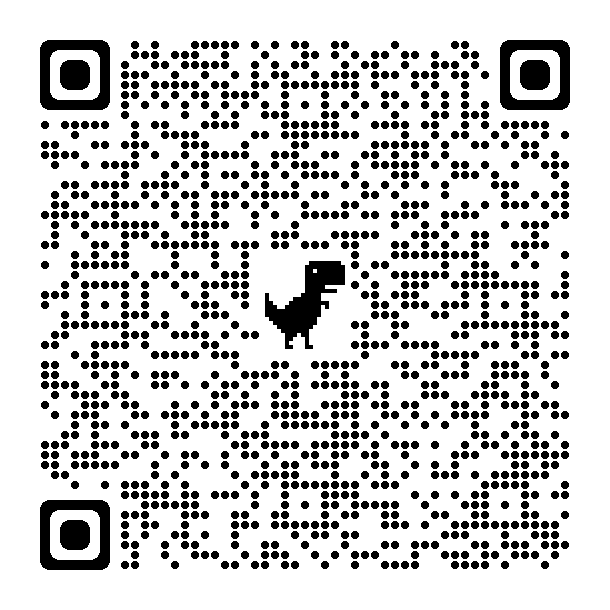Click here and press the right key for the next slide.
(This may not work on mobile or ipad. You can try using chrome or firefox, but even that may fail. Sorry.)
also ...
Press the left key to go backwards (or swipe right)
Press n to toggle whether notes are shown (or add '?notes' to the url before the #)
Press m or double tap to slide thumbnails (menu)
Press ? at any time to show the keyboard shortcuts
Introduction
This is a lecture with various elements that can be assembled into
slightly different arguments.
This is not the order of the lecture but the biggest argument,
which I will focus on.


Do you want to continue with the questions?
23 said yes (pictured)
Only three people said no.
I didn’t actually get any questions.


I tried to make it a bit faster by removing bits

I tried to make the conclusions clearer by stating them at the end.
Although I should mainly warn you that my job is mainly to ask questions
and point out problems;
for the carefully justified conclusions I look to you.
But I would also like to be asked what the conclusion is where that is not clear.



featuring questions from
- ***
- ***
- ***
challenge
Discover why people act,
individually and jointly.
As you remember, this course is based on a simple challenge.

challenge
Discover why people act,
individually and jointly.
So far we considered only philosophical and psychological:
time for the third corner of our triange, the formalizable.

challenge
Discover why people act,
individually and jointly.
Last week we did this ...

challenge
Discover why people act,
individually and jointly.
We will consider the relation between the psychological theory
and the formal theory.